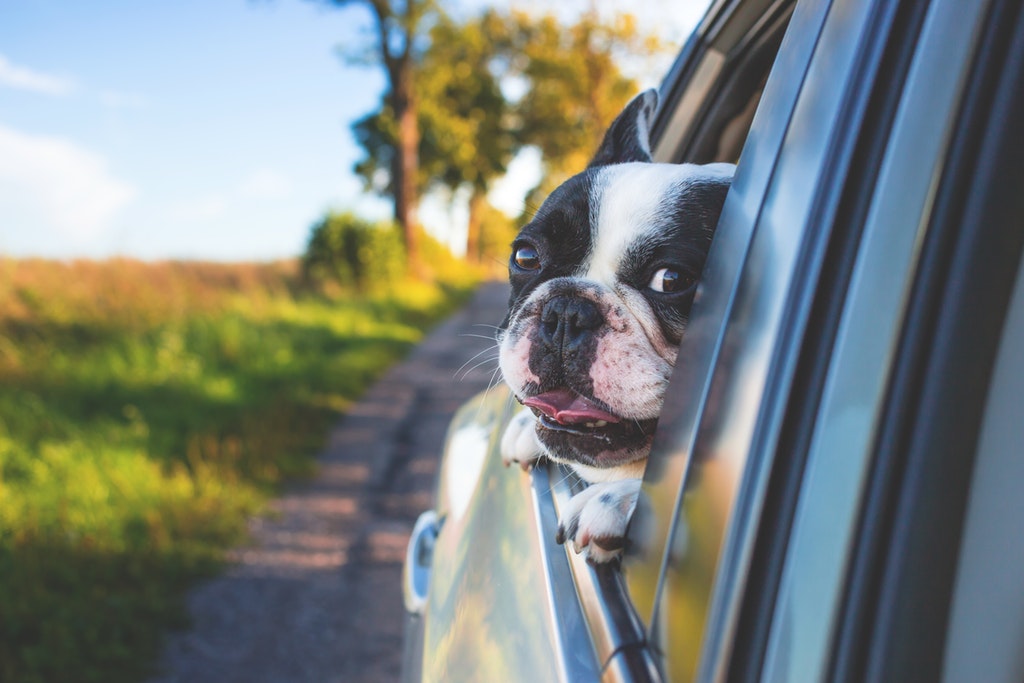How to Plan a Cross-Country Move With Your Pets

Moving to a new home is filled with stress caused by figuring out logistics, arranging long distance moving services, real estate, money, and the millions of other details that go into this journey. Cross-country moving, in particular, tends to cause the most stress because it’s such a major change in distance. While your initial concerns might be related to finding a new home or choosing transportation, have you thought about what you should do with your pets? Below you’ll find a few of the best options for transporting your furry friends thousands of miles away.
1. Drive Them
If you don’t mind a road trip spanning most of America and thousands of miles, then driving your pets might be the very best option. While this may seem simple since you can stick them in the car and head out, planning is important. In addition to proper seat harnesses or crates, frequent breaks are necessary for exercise, water, and food. You’ll also need to make sure your pets stay out of your way while you’re driving to ensure safety.
2. Fly Them With You
For those who are taking a cross-country flight, most pets are allowed to come on board with you. While there will be a fee, which depends on the airline and type of animal, this is generally the most affordable way to go. Planning ahead is important for this, as most airlines require you to have a pet-friendly bag as well as a recent health certificate. However, you may run into trouble if your pet is outside of the size range that’s allowed on the plane.
It’s best to check with your airline to find out what their requirements are for in-cabin pets. Most have this information readily available online, although you may want to call in for any questions you have.

3.Fly Them in Cargo
Some airlines, such as United Airlines, have special programs that allow pets to fly in the cargo hold of a plane safely. One of the best parts about this program is that you can send them off on their own, as long as you have someone at the destination to pick them up. Keep in mind that rules and requirements for these programs can be strict. Some requirements may include:
– Certain size/style of crate
– Health certificate within days of travel
– Food and water
– Recent photos
If you plan on going this route, it’s crucial to call the airline ahead of time to find out about the booking process. You’ll also want to crate train your pet ahead of time, in order to familiarize them with the area they’ll be confined to during the flight.
4. Making Your Pet Comfortable at Home
After you arrive at your destination, it’s important to give your pet time to acclimate to their surroundings. One of the most important things to do is play with them often and give them a chance to cuddle so they have the comfort they may need. Additionally, give them food in their favorite dishes and make sure they get a lot of play. You can find more tips for helping your pet with this transition at AARP.

